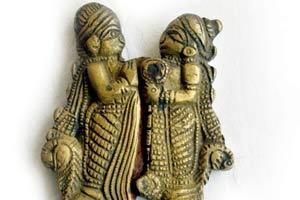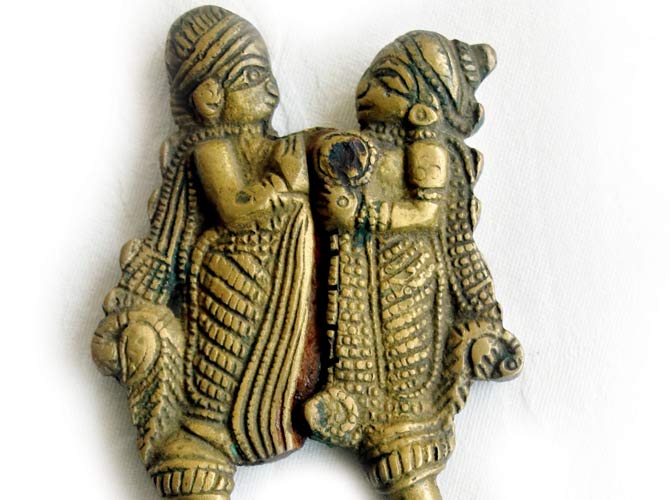Last week, Vikas Khanna inaugurated India's first culinary museum with 1,000 items from his personal collection of kitchen utensils that date as far back as the Harappan era


Nutcracker from Karnataka; pepper mill from Turkey
ADVERTISEMENT
A day before this writer spoke to chef K Thiru, a 12-feet wide hand-crafted brass plate arrived from Moradabad to add to the display collection at the Museum of Culinary Arts. Inaugurated by its star alumnus, Michelin-star chef Vikas Khanna last week, this is the first museum of its kind in the country, which is now a prime attraction of the Department of Culinary Arts at WelcomGroup Graduate School of Hotel Administration (WGSHA), Manipal. It dons the look of an ancient giant brass pot and has been a labour of love for Khanna, Thiru, vice principal and head of department of culinary arts, who, together with his team, worked six years to concretise their imagination.

Middle East and India
"Each day some utensil or the other arrives from a corner of the country and even beyond its borders," Thiru tells us over the phone from Manipal. Currently sprawled across the lobby and hall of a 28,000 sq ft culinary arts building, the museum contains 1,000 displays. Thiru and Co. plan to take it to 10,000. The idea of the museum came to Khanna during his early days in America. "We have such a rich culinary heritage, and while certain recipes have long lives, the cooking methods have gone obsolete, with the arrival of modern technology. Yes, we must keep up with times, but it is no less important to preserve history. True learning is a combination of both. It will also help future generations to understand how we have evolved," says 49-year-old Thiru.

Spoons from Europe
Nearly all artifacts have been sourced by Khanna during his travels around the world and to remote corners from India. There is a Turkish coffee set, called Ibrik; a clay cellar storage container from Rajasthan; a 21-piece ancient picnic set from Lucknow, which is a mini cooking range, complete with a bowl, plate, ladle, spoon and a pot, all of which can be dismantled. It's striking that the concept of a cooking range existed back then. That piece is Khanna's personal favourite. There are also churners, hand-blenders with glass jars, an ice cream maker from Lucknow, ceramic ware from Rajasthan and a variety of collectibles from Jammu, Hyderabad and Udipi. Plates made by the Portuguese in India, a 100-year-old ladle used to dole out food at temples of the Konkan and bowls dating back to the Harappan era are the big draws. "Some of the items, back then, must have existed in every household but have not been preserved. Besides Vikas's own collection, we have also asked our students to contribute," Thiru adds.
Currently, the layout of the museum is a makeshift one. "A lot needs to be done as artifacts are regularly added. We are working on creating a rustic look to go with the theme. Tomorrow, if someone else makes a similar museum in another part of India, we will be happy. The aim is to be the pride of the culinary fraternity," Thiru says.
Catch up on all the latest Mumbai news, crime news, current affairs, and also a complete guide on Mumbai from food to things to do and events across the city here. Also download the new mid-day Android and iOS apps to get latest updates
 Subscribe today by clicking the link and stay updated with the latest news!" Click here!
Subscribe today by clicking the link and stay updated with the latest news!" Click here!






